Viola odorata L.
ViolaceaeLa violeta posee una flor característica de un espacio muy tipificado en la literatura medieval, el locus amoenus, recinto de placer donde la naturaleza salvaje, profundamente intervenida por el hombre, se convertía en un “lugar ameno” como podía ser el claustro de un convento. Así, en la literatura, cuando se quería evocar un lugar de placer, esta se distinguía en sus descripciones por la presencia de la violeta, en un recurso poético extraordinariamente fijo que se prolongará casi sin variaciones hasta el siglo XVI. La literatura andalusí también incluye a la violeta como parte de la flora característica de los “huertos de placer”, por lo que es muy probable que, en este aspecto concreto, la literatura cristiana del locus amoenus influyera en los escritores musulmanes. La violeta fue de hecho una las flores favoritas del gobernador o hayib de Córdoba al-Mansur, conocido por los cristianos por Almanzor (938-1002), hasta el punto de llamar a una de sus hijas Banafsay, violeta. Su hijo al-Muzaffar continuó la afición de su padre mandando componer poesías sobre las diversas flores de su jardín. Sobre la violeta, escribió su poeta cortesano Said al-Bagdadi: el color de su corola se parece / a la túnica de la aurora / y al redondo aderezo / en la mejilla de las hermosas huríes. El color de la violeta era indescifrable para los poetas, y para justificarlo, los autores del siglo IX empleaban un ejemplo alquímico: el azufre que se quema en el crisol para obtener el tono rojo y azulado, similar al de sus pétalos.
Procedencia
Europeo/MediterráneoCalendario
Hábitat
Morfología
 Planta
Planta
 Extendida
Extendida
 Simple
Simple
 Orbicular
Orbicular
 Alterna
Alterna
 Crenado
Crenado
 Auriculada
Auriculada
 Cordada
Cordada
 Agudo
Agudo
 Perenne
Perenne
